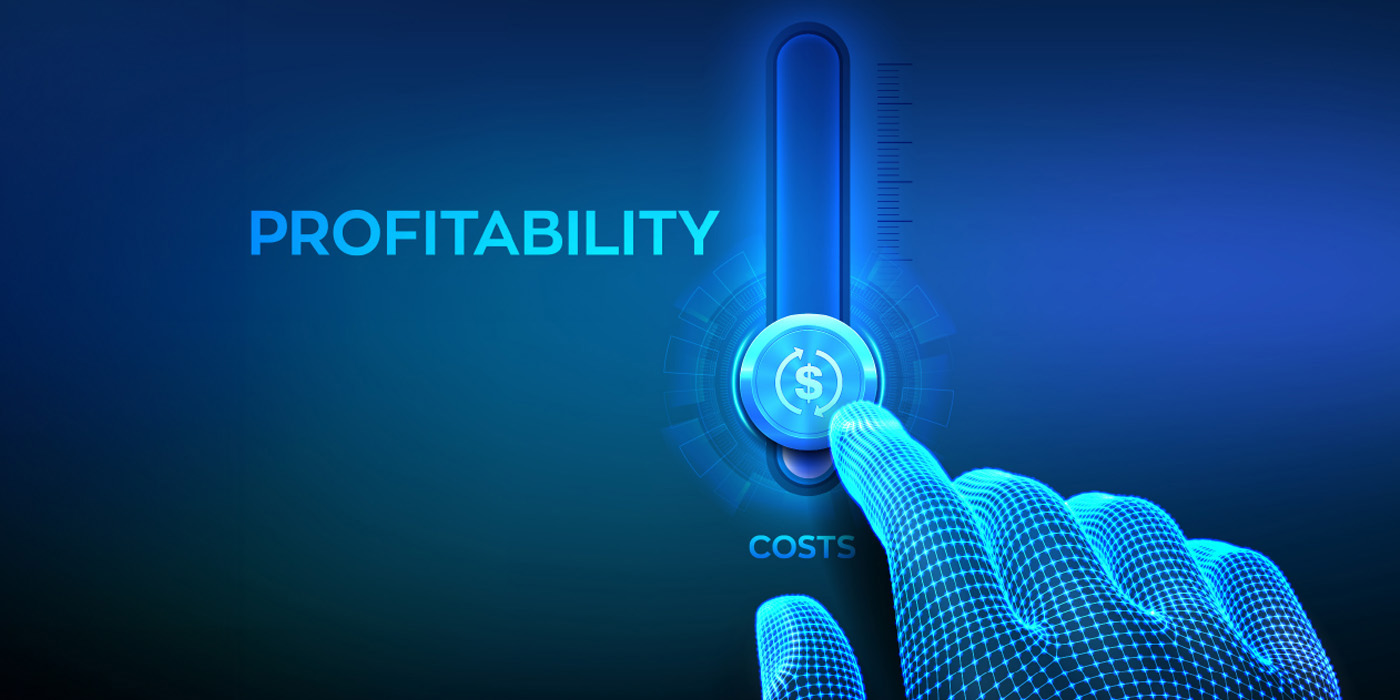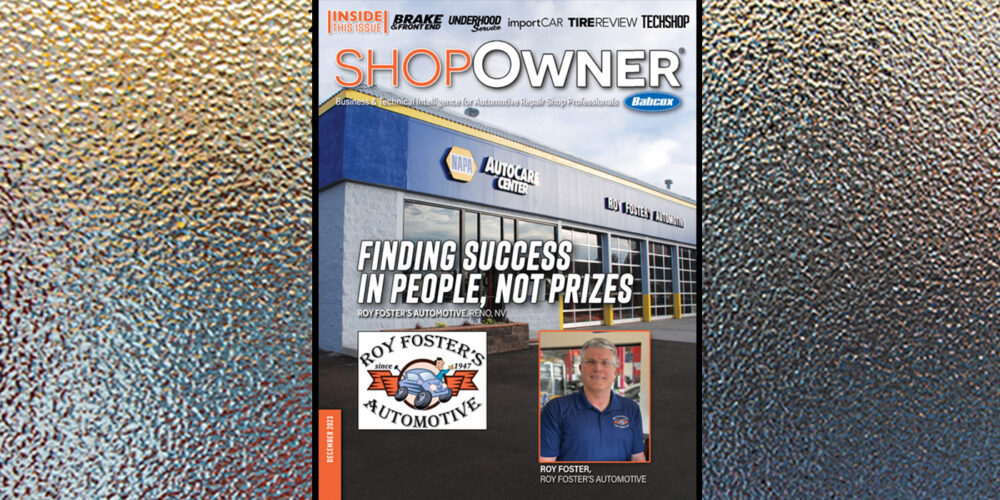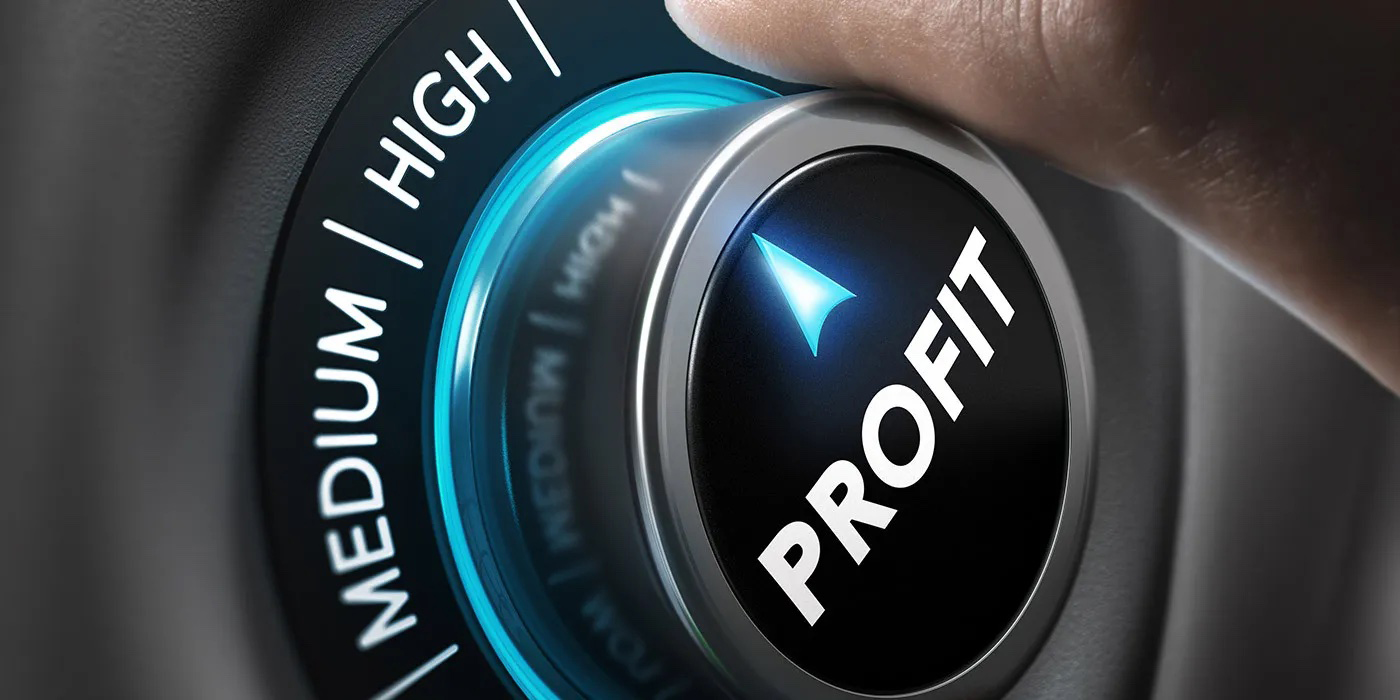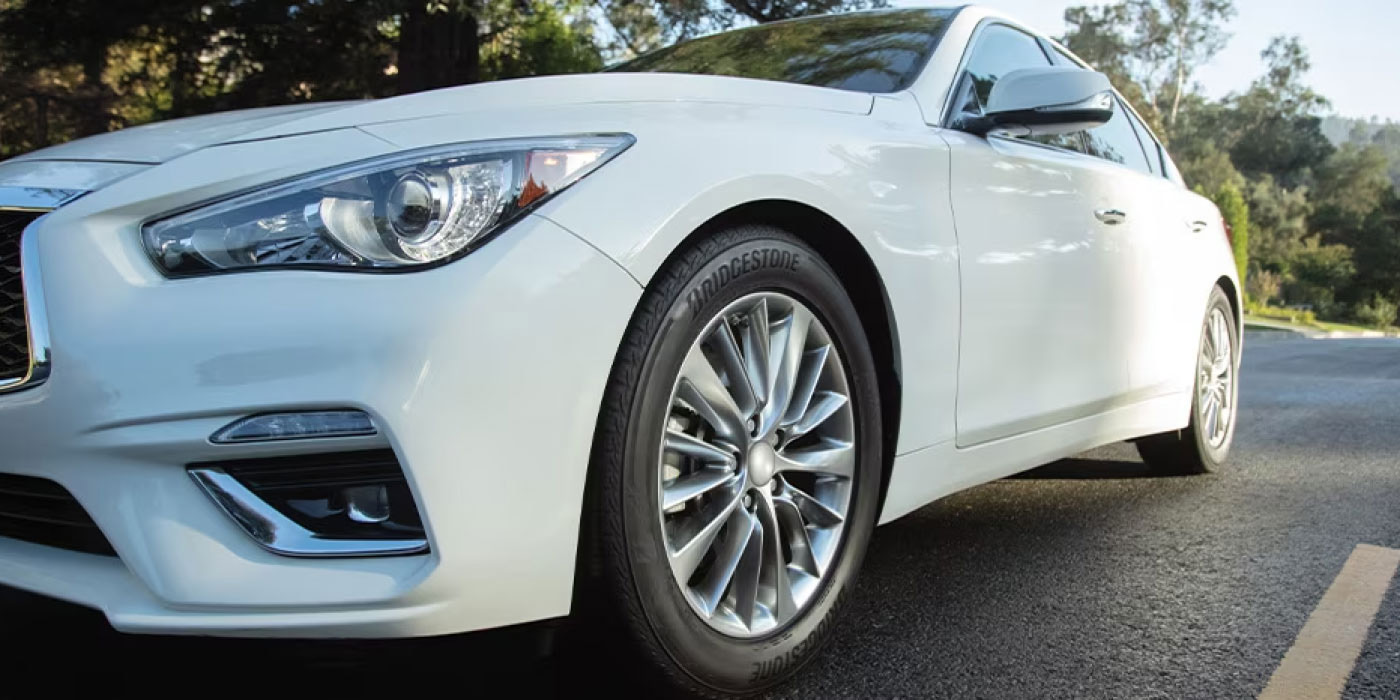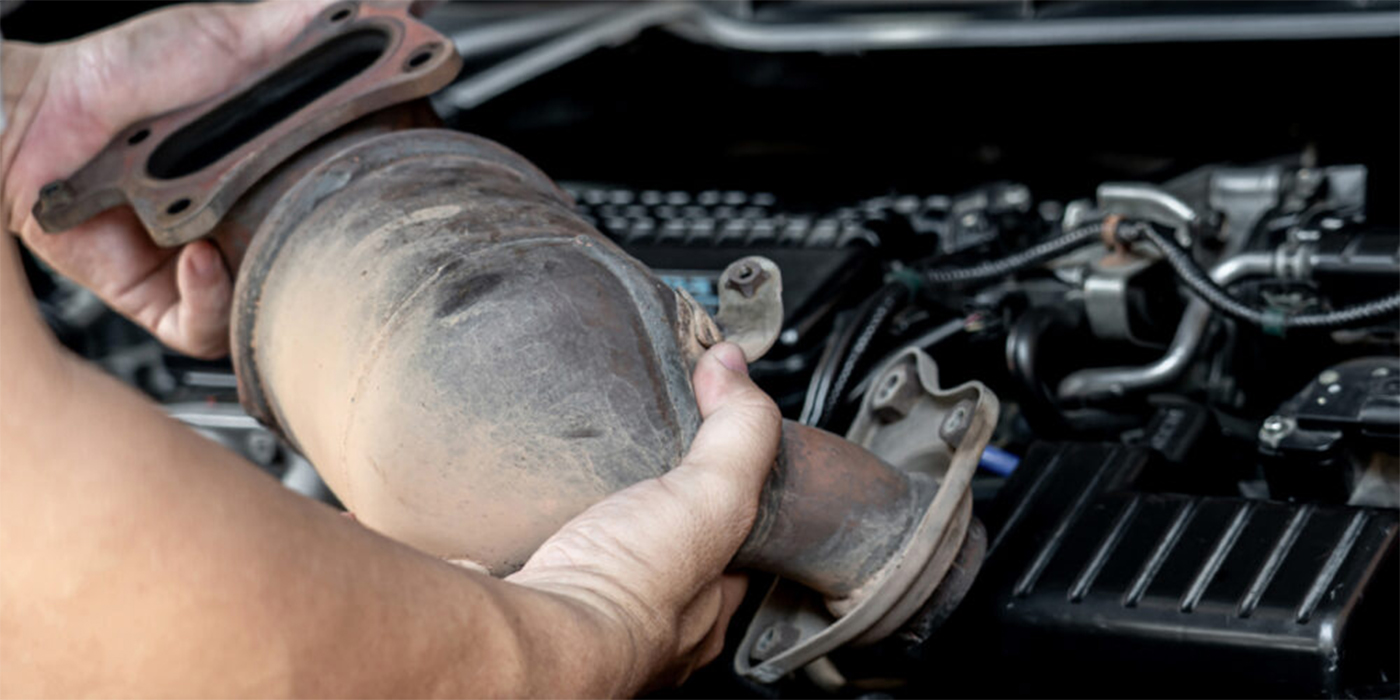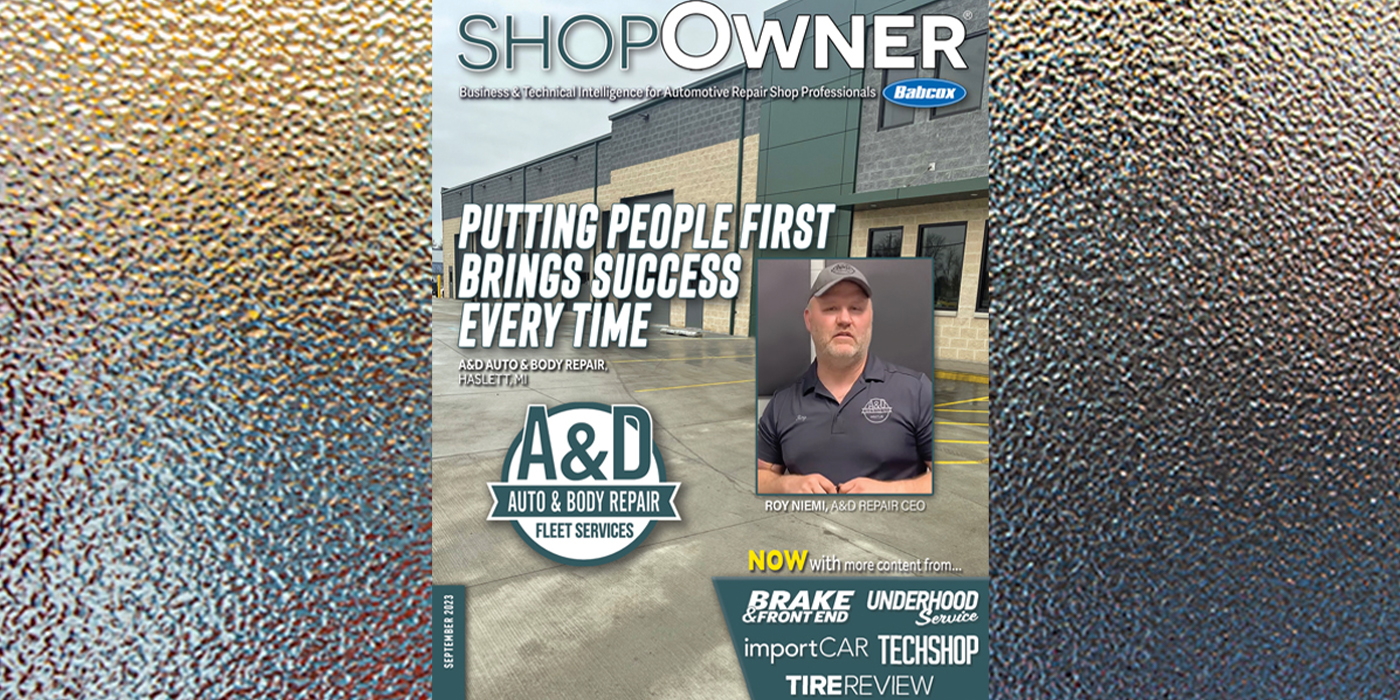As discussed in Part 1 of this two-part article in the Sept./Oct. 2014 issue of Shop Owner magazine, “sellability” is a powerful indicator of the value of your business, regardless of whether or not you have any intention or even interest in selling your business today. A high Sellability Score may confirm or surpass the value you have in mind. A lower Sellability Score may point directly to the underlying issues in your business which undermine its value.
The need for drilling down deeper into the Sellability Score is why I created a two-part questionnaire, consisting of Parts A and B. While Part A provides you with a score that ranks the sellability of your business within businesses of all industries, Part B supplements the results of Part A and drills down deeper to rank the sellability of your business specifically within the automotive aftermarket service industry.
If there is any question of the need to drill down as deeply as possible when establishing your own shop’s Sellability Score, there is one thing you can count on – 100% of potential buyers of your business will drill down as deeply as possible before deciding whether or not to place an offer.
The Sellability Score is one being utilized by a growing number of prospective business buyers to determine whether or not an asking price is justified and their corresponding resultant offer.
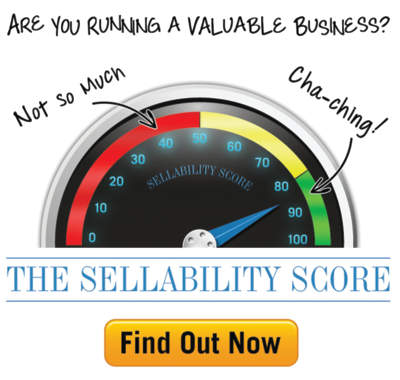
Are You Running a Valuable Aftermarket Business?
It’s fun to imagine how much your aftermarket business is worth. It’s not as much fun when you find out that for all the energy you poured into it, a business broker or potential buyer can’t see the value you can, or thinks your number is unrealistic.
Issues which may be adversely affecting the Sellability Score of your aftermarket business are probably the same ones causing mounting frustration for you — the feelings of being overwhelmed, working too many hours, dealing with inconsistent customer experiences, and the difficulties of managing cash flow.
Whatever your personal and financial goals are for your aftermarket business, as a responsible business owner you simply have to be able to answer these questions:
• If you wanted to, could you sell your business today for a number that you’d be happy with?
• Is there anything that you could be doing each day to make your business more valuable?
• What steps can you take to reduce the number of hours that you work, while simultaneously boosting the profits and the sellability of your business?
The “Sellability Score,” both Parts A and B, can assist you in answering these questions.
Whether you want to sell next year or a decade from now, or pass the business to a family member, you strive to build a branded asset that someone would value monetarily – otherwise, you just have a job, not a business.
The Sellability Score is an interactive tool offering a comprehensive assessment of the “sellability” of your business. In just 26 minutes, 13 minutes for each of the two parts, this absolutely free and confidential self-assessment tool will score your business in a number of key areas and tell you just how sellable your business is.
Since the publication of Part 1 of this article last month, many aftermarket business owners nationwide have gone online to my website www.art-blumenthal.com and completed both Parts A and B of the Sellability Score and are already realizing the benefits of focusing on areas of their aftermarket businesses that need attention in order to maximize value.
What Does Part B of the Sellability Score Provide?
The aftermarket Sellability Score pinpoints key elements most attractive to aftermarket business buyers. Your responses, as well as other publicly available data about your area and location, will be analyzed to provide an assessment of how your business compares to other automotive businesses in terms of sellability. The aftermarket sellability key factor analysis is based on my 37 years in the automotive aftermarket and successfully selling dozens of automotive businesses.
The scoring system is based upon a zero to 100 scale and those shop owners achieving scores higher than 75 are well on their way to achieving a hoped for value of their businesses. Very recently, some aftermarket shop owners who completed Parts A and B of the questionnaire were surprised and delighted to find that their businesses are actually worth much more than they thought. Many others have learned that they have areas that require their attention if they want to sell at the price they have in mind.
Either way, ultimately the higher your Sellability Score, the less time it will likely take to sell your business and the more money you will get for it.
Once you have your Sellability Score, you can…
• Do nothing — your curiosity about the Sellability Score for your aftermarket service business has been satisfied. I promise you that no one will bug you to do anything further or spend any money.
• Post your Sellability Score on your office wall as a daily reminder of the drivers that determine sellability and the concrete actions that you can take on a daily basis to work fewer hours and raise your score and the value of your business when the time comes to sell.
• Take the next steps to obtain a no-cost, no-obligation broker’s opinion on the most likely selling price of your business, so you can decide if now is the time to sell. If not, then at least you have learned about the concrete actions that you can take to increase the sellability and value of your business.
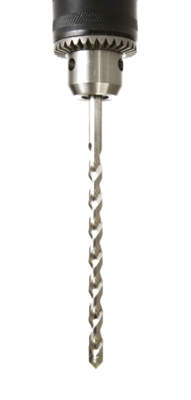 How Deep Are We Drilling?
How Deep Are We Drilling?
The aftermarket specific questionnaire evaluates your business compared to similar automotive businesses. The results are ranked using the following key factors commonly employed by buyers when analyzing a potential purchase of an automotive aftermarket business. The sellability scoring also factors in geographic and demographic criteria to predict the number of qualified entrepreneurial buyers that are actively shopping for a business in your area.
Key factors include:
1. Your Products and Services: Most buyer prospects will have certain preferences for the type of automotive aftermarket businesses for which they are looking. For example, buyers with no automotive background may gravitate to a franchise brand because of the perceived training and support that is provided to newcomers to the industry. Buyers who wish to avoid the technical complexity of today’s vehicles may lean toward a quick lube operation or one focused more on tires and tire-related services. A business that is very specialized, such as transmission repairs, air conditioning service or large truck and fleet service may scare some buyers who believe that the operation requires more specialized knowledge or that it will be more difficult to recruit experienced technicians. On the positive side, a good broker with aftermarket industry experience should be able to portray a specialized business as one with great potential to increase revenue in the future by broadening the breadth of service offerings. The broader the appeal of your business is to buyers in the marketplace, the more sellable it is, and the more likely that you will attract multiple buyers with competing higher offers.
2. Your Business Location and Facilities: Buyer prospects will scrutinize your physical facilities much the same way as a prospective home buyer might check out a house for sale. A well maintained and organized building, with an attractive and comfortable customer waiting area and up-to-date automotive equipment will help make a good first impression on a buyer.
A sophisticated buyer is interested not only in your asking price, but is also factoring in how much money will have to be spent on building repairs, cosmetic improvements and replacement/upgrading of equipment. The higher their estimate for capital expenditures, the lower they will be willing to spend to acquire your business.
Visibility and access to your building, bay capacity and adequacy of parking are also key factors that buyers will evaluate in comparing your business to similar ones on the market. A business that can handle the capacity to service more vehicles will be more sellable among buyers with aspirations to grow revenues.
3. Your Competition: Competition is less of a factor if your business is solid and showing sales growth. Most buyers will be confident that they will be able to retain your growing customer base. However, if your business is struggling and you have lost business to new competitors in the marketplace, then you will have more of a challenge convincing a buyer that your lost customers will come back just because there is new ownership.
Buyers are increasingly looking at the Internet reviews of businesses that they are considering. A business with below average reviews on Yelp, Google, Yahoo and Angie’s List will be of concern to a buyer prospect, especially one who sees the value in growing a younger consumer base that is increasingly using Internet reviews when first-time shopping for a trusted service provider.
If you don’t have a five-star rating on the Internet, then taking action to improve your online reviews increases the sellability of your business. If you are not Internet savvy, then contact a specialist in this area who has the expertise to work with social media companies on reviews, rankings and advertising. You may be intimidated by the mysterious inner workings of the Internet, but at least understand that there are affordable experts out there who know the tools and tricks to improve how your business is perceived by potential first time customers.
Improving your sellability with a five star online rating may take some time to accomplish, so it is better to start now and make it an ongoing effort!
 4. Your Property: Most buyers will have a preference of either leasing a building or purchasing the real estate. If you do not own the real estate, then your lease terms are critical to buyer prospects. Most buyers, as well as the banks that might be financing the business acquisition, will want to see that there are at least 10 years on your lease, including options to renew. Obviously, the rent during that period impacts your cash flow and hence the value of your business.
4. Your Property: Most buyers will have a preference of either leasing a building or purchasing the real estate. If you do not own the real estate, then your lease terms are critical to buyer prospects. Most buyers, as well as the banks that might be financing the business acquisition, will want to see that there are at least 10 years on your lease, including options to renew. Obviously, the rent during that period impacts your cash flow and hence the value of your business.
If you only have a few years remaining on your lease, you can enhance the sellability of your business by talking to your landlord now and getting an option to renew added to your lease. If you wait until you have a buyer in hand to go to your landlord, then you are not in a good negotiating position to get the most favorable terms.
If you own your real estate, then it becomes a personal and financial decision on your part whether to sell the real estate to the purchaser of your business or to lease it. There are many factors that can enter into that decision, so it is a good idea to review the pros and cons with your accountant, attorney and broker.
5. Your Employees: All buyers will perceive your employees as critical to their future success. Being able to boast several long-term, loyal employees will make your business more sellable and increase its value. It also helps if your employees are well trained to act independently and follow the customer service processes and quality standards that you have established, especially when you are not there to watch over them.
You may have worked very hard over the years to build a strong business and have great relationships with your customers that keep them coming back. However, to a buyer, your business is far more valuable if there are reasons for customers to return for future service other than your personal honesty, technical abilities or great personality.
A dependable crew of experienced technicians and service advisors that continue to deliver excellent customer service and quality workmanship when you are no longer on the premises will make your business significantly more sellable and help you achieve a higher sales price.
6. Your Business Trends: Nothing enhances the sellability of a business more than a steady growth curve up to the present time. Trying to convince a buyer that a sales decline is due to the owner being absent or losing interest in the business goes only so far. Buyers formulate their offer price based upon the present performance of the business, not based on how much money you may have made two or three years ago, or even what the business may do in the future if the market turns around or if an energetic new owner takes over and does all the things you haven’t had the time, expertise or fire in your belly to implement.
Every business has a sales cycle, and the natural reaction is to want to hold on to your business when it is on a growth curve. When it comes to sellability, a growth curve is the best time to sell in order to maximize your sales price. Far too many owners unfortunately wait too long and then are faced with the challenge of finding a buyer for a business that is on a downward sales cycle.
To compound matters, banks are very hesitant to finance the acquisition of a business with a double digit sales decline, so the likelihood of the seller having to offer financing increases.
“Main Street” Businesses
It’s important to point out that in designing the aftermarket-specific Sellability Score, I took into consideration that most automotive service shops I work with are “main street” businesses. In other words, they are businesses or franchises that are owned by an individual or an individual with partners or family members, as opposed to larger corporate entities with much greater annual revenues.
As a result, I am able to pinpoint and develop comprehensive results and action plans based upon the “real world” factors that affect your shop’s value in the eyes of potential buyers.
Of course, the ultimate sellability of your business is also dependent upon several important factors:
• Your business has a positive cash flow attractive to buyers;
• Your business is priced fairly to enable a buyer to earn an attractive salary and receive a reasonable return on investment;
• Your business can be purchased with a reasonable down payment;
• Your business will qualify for bank/SBA financing or the seller offers financing;
• There are buyers in your market actively looking for your type of business or willing to relocate to your area; and
• The quality of the marketing efforts, including advertising, Confidential Business Review and financial presentation, pre-arranged financing and the professionalism of your broker and/or your own selling efforts.
Building An Exit Plan Using The Sellability Score
When you spend a lifetime trying to build a successful business, it leaves little time for much else, including thinking about an exit plan; but even if you are planning to pass the business on to family, you want to ensure you are offering them a valuable business. Whether you are creating an exit plan for the short term or for years into the future, it’s never too late or too soon to start understanding — and increasing — the value of your business.
Seventy percent of all business owners in today’s market plan to sell or pass their business on within 10 years. But 76% don’t have an exit plan, and many do not know the value of their business.
A well thought out exit plan can:
• Protect the legacy of your business;
• Build value for your business;
• Provide financial security for your family and your stakeholders;
• Make it easier to deal with any unexpected events (illness, accident or death); and
• Help to prepare you and your business for the future.
Both the standardized Sellability Score questionnaire and the customized, aftermarket specific questionnaire can be key tools in building your exit plan and are available for free at a link on my website homepage at www.art-blumenthal.com. Each is easy to use and takes about 13 minutes to complete.
After completing the confidential questionnaires online, you’ll immed-iately be provided with a raw score for your business and a summary of what the score means. Meanwhile, based upon your questionnaire answers, I’ll develop and provide a comprehensive report for your business which we can later review together, usually within 72 hours.
My future case study articles appearing in Shop Owner magazine highlighting the successful sales of selected shops will include some specific Sellability Score factors that affected the value of those businesses. Both the challenges of selling a specific business with a lower Sellability Score as well as the opportunities realized as a result of a higher Sellability Score will be discussed as appropriate.



